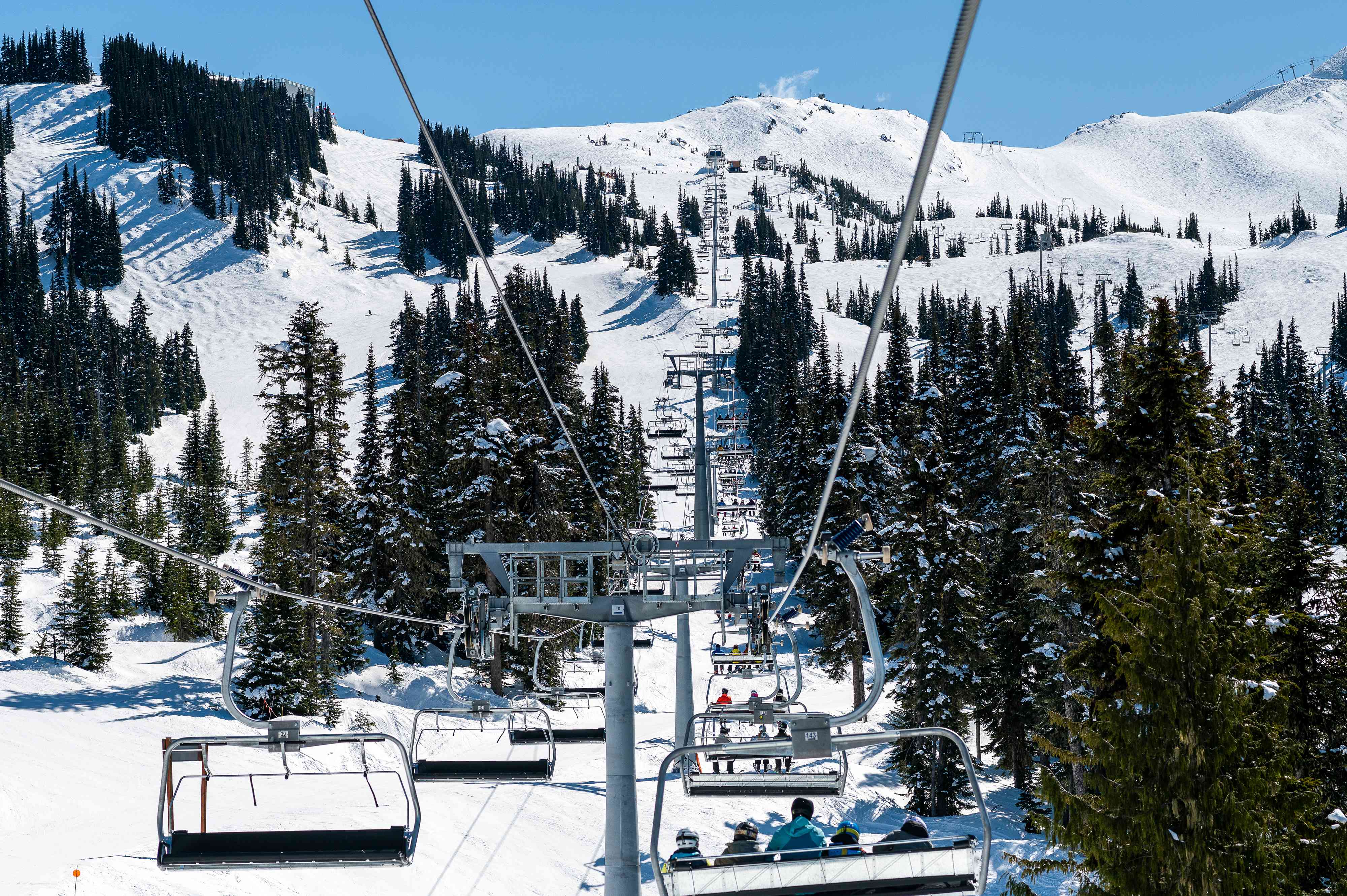
Key Takeaways
- Vail Resorts blamed a lack of snowfall as its third-quarter profit and revenue missed analysts’ forecasts.
- The company also cut its full-year guidance.
- The news sent shares of Vail Resorts to their lowest level since the early part of the COVID-19 outbreak.
Shares of Vail Resorts ( MTN ) headed downhill Friday, a day after the operator of ski resorts posted worse-than-expected results and cut its guidance as a lack of snowfall reduced demand.
The company reported third-quarter fiscal 2024 earnings per share (EPS ) of $9.54, with revenue increasing 3.6% year-over-year to $1.28 billion. Both were short of analysts’ estimates compiled by Visible Alpha.
Vail CEO Notes ‘Unfavorable Conditions’ During Ski Season
Chief Executive Officer (CEO ) Kirsten Lynch said Vail faced “unfavorable conditions across our North American resorts for a large portion of the 2023/2024 North American ski season.” She noted year-over-year snowfall totals were about 28% lower for the full winter season across the company’s western North American resorts, and there were variable temperatures and limited natural snow at its Midwest, Mid-Atlantic, and Northeast operations.
She added that for the 2023/2024 ski season in both North America and Europe, year-over-year skier visits dropped 7.7%, and skier visitation from lift ticket guests slumped 17%. Lynch attributed the decline to a combination of unfavorable conditions and “broader industry normalization post-COVID following record visitation in the U.S. during the 2022/2023 ski season.”
Vail now sees full-year net income attributable to the company in a range of $224 million to $256 million, down from the previous outlook of $270 million to $325 million. The company noted that the costs related to the acquisition of Crans-Montana resort in Switzerland will reduce earnings before interest, taxes, depreciation, and amortization (EBITDA) by $12 million, three times its previous estimate.
Vail Resorts shares traded down 13.5% at of 10:15 a.m. ET Friday to $167.89, their lowest point since the early part of the COVID-19 pandemic in 2020.
